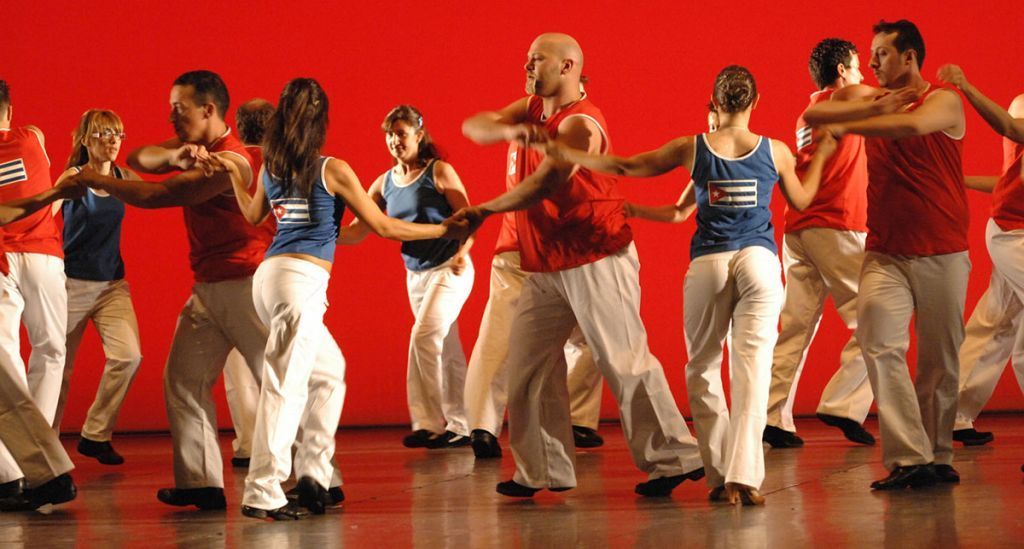What is the Cuban salsa?
A friend approached me one day and asked me the question: What is Cuban salsa? I hesitated for a few seconds, because, despite knowing a little about music, the term was not very common to me. I mixed a bit of son, guaracha and timba.
A well-known musician explained to us that it was simply the Cuban son in disguise for commercial purposes. “These nomenclature changes, more than a musical difference, although there is one, they have to do with sales strategies. Above all, it was the answer to a need to distinguish the music with Caribbean roots that was made in the United States”, he assured us.
The investigation continued and the results of it clarified that the word “Salsa” created much controversy since the early 1970s; but as it gained ground it became stronger, more genuine and with countless followers.
The Cuban is different. It takes elements of the son montuno, the guaracha and the salsa. It is the music to dance in the neighborhoods or in the cabarets, whether in the street style or casino style. It dates from the second half of the 19th century, the crucial stage in the process of interbreeding and creolization of musical and dance genres from both Africa and Europe. Since that stage, Cubans have been known for being partiers and dancers.
The danzón had its part in this story as a direct son of the habanera and the contradanza. It marked the entry of Cuba into the 20th century. From there, the rhythms were part of a constant renewal: danzón, danzonete, oriental son in the early 30s, mambo in the 40s, chachachá in the 50s, pachanga in the 60s, and so on until reaching the songo in the 80’s and timba in the 90’s.
The essence is that with this music the twists of the dance partners are applied around a central point. The woman almost always holding the hand of her partner. Sometimes with pauses, sometimes a tap or tapping and quick turns to accentuate the rhythm. The orchestras that are preferred in dance concerts of this modality are many in Cuba. Among them are: Los Van Van, Pupi y los que son, Manolito Simonet y su Trabuco, Yuli y Habana C, Habana de Primera, Elio Revé y su Charangón, la Charanga Habanera, Adalberto Álvarez y su Son, NG La Banda, among other.
The development of salsa (for foreigners) or timba (for Cubans) has turned Cuba into a musical country, where new fusions are constantly being sought that respond to the needs of dancers.
Finally, following this dilemma, we participate in a debate about music. A specialist said: “this is music passed through water, it does not keep the essence and it mixes with what comes”. Reality? It is like this, “wet”, heats up the track and becomes more Cuban. Call it son, timba, salsa and don’t stop dancing to it. That is the Cuban salsa.
Take a tour throughout Cuba, accompanied by professional tour guides. Visit our tour offers for a week, 5 days and 4 days. (Guided visits, personal guides and accommodation in rental houses)


Comment (0)